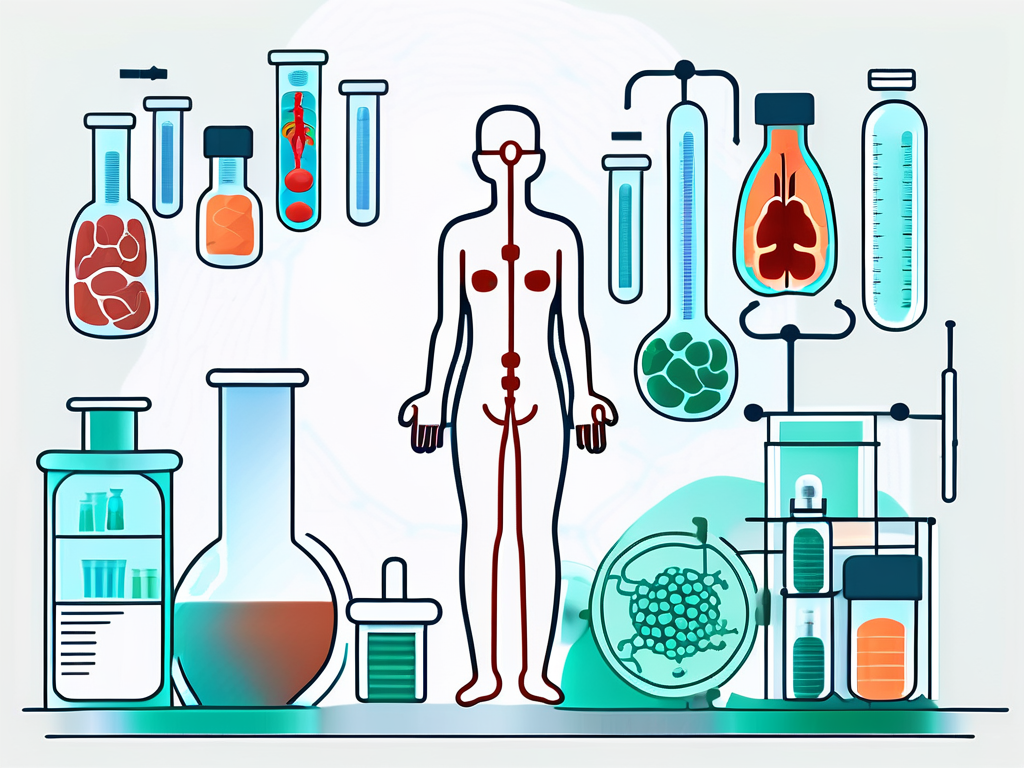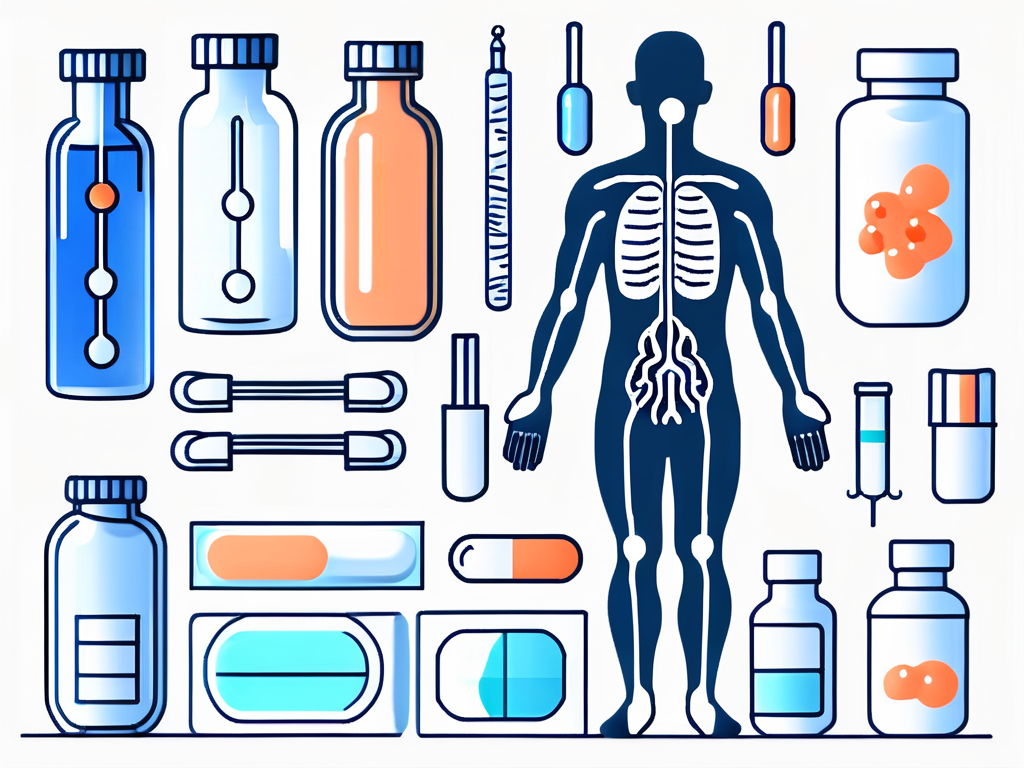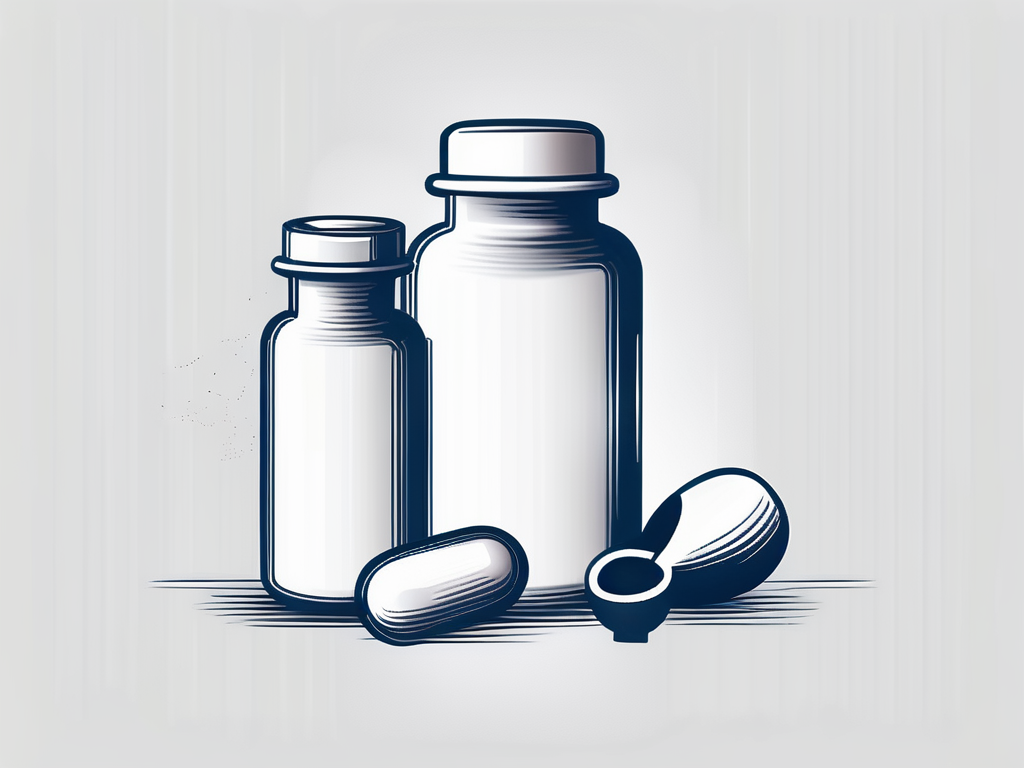Bioavailability is a term that’s often thrown around in the world of pharmaceuticals, but what does it really mean? In the simplest terms, bioavailability refers to the extent and rate at which a drug or other substance is absorbed into a living system and becomes available at the site of physiological activity. It’s a crucial concept in pharmacology, as it helps determine the dosage of a drug that’s needed to have a therapeutic effect.
But bioavailability isn’t just about how much of a drug gets into your system. It’s also about how quickly it gets there, and how effectively it’s able to reach the specific part of the body where it’s needed. This is where the art and science of compounding pharmacy comes into play. Compounding pharmacies are specialized pharmacies that create personalized medications for patients, often by altering the form, dosage, or delivery method of a drug to improve its bioavailability.
Understanding Bioavailability
Before we can delve into the role of compounding pharmacies in enhancing bioavailability, it’s important to understand what bioavailability is and why it’s so important. Bioavailability is a measure of how effectively a drug is able to reach its intended target in the body. This can be influenced by a number of factors, including the drug’s chemical properties, the way it’s administered, and the individual’s physiological characteristics.
For example, some drugs are poorly absorbed when taken orally, either because they’re not soluble in water, or because they’re broken down by the stomach’s acidic environment before they can be absorbed. In these cases, a compounding pharmacy might create a topical cream or a suppository, which can be absorbed through the skin or the rectal mucosa, bypassing the stomach entirely.
Factors Affecting Bioavailability
There are many factors that can affect a drug’s bioavailability. One of the most important is the drug’s formulation. This refers to the physical form of the drug (such as a tablet, capsule, or liquid), as well as any inactive ingredients it contains. The formulation can affect how quickly the drug is released into the body, how well it’s absorbed, and how it’s distributed to different tissues.
Another key factor is the route of administration. Oral administration is the most common route, but it’s also the most complex, as the drug must pass through the stomach and liver before it can reach the bloodstream. Other routes, such as intravenous (IV) injection, bypass these barriers and can provide a higher bioavailability.
Measuring Bioavailability
Measuring bioavailability is a complex process that involves both in vivo (in the body) and in vitro (outside the body) testing. In vivo testing typically involves giving a drug to a group of subjects and then measuring the concentration of the drug in their blood over time. This provides a measure of how quickly and how completely the drug is absorbed.
In vitro testing, on the other hand, involves testing the drug in a laboratory setting to see how well it dissolves in various solutions that mimic the conditions in the body. This can provide a rough estimate of how well the drug is likely to be absorbed in the body.
The Role of Compounding Pharmacies
Compounding pharmacies play a crucial role in enhancing the bioavailability of drugs. They do this by customizing the formulation and delivery method of a drug to suit the individual needs of a patient. This can involve changing the form of the drug, altering its dosage, or adding certain ingredients to enhance its absorption.

For example, if a patient has difficulty swallowing pills, a compounding pharmacy might create a liquid version of the drug. Or, if a drug is poorly absorbed when taken orally, the pharmacy might create a topical cream or a suppository. By tailoring the drug to the patient’s needs, compounding pharmacies can help ensure that the drug is as effective as possible.
Formulation Changes
One of the main ways that compounding pharmacies enhance bioavailability is by changing the formulation of a drug. This can involve altering the physical form of the drug, such as turning a pill into a liquid or a cream. It can also involve adding certain ingredients, such as solvents or surfactants, that can enhance the drug’s solubility and thus its absorption.
For example, many drugs are poorly soluble in water, which can limit their absorption when taken orally. A compounding pharmacy might add a solvent, such as propylene glycol, to the formulation to enhance the drug’s solubility. Or, they might create a liposomal formulation, in which the drug is encapsulated in tiny fat-like particles that can be more easily absorbed by the body.
Dosage Adjustments
Another way that compounding pharmacies can enhance bioavailability is by adjusting the dosage of a drug. This can be particularly important for drugs that have a narrow therapeutic window, meaning the difference between an effective dose and a toxic dose is small.
By carefully adjusting the dosage, compounding pharmacies can help ensure that the patient receives the right amount of the drug to have a therapeutic effect, without exceeding the safe limit. This can be particularly important for patients with certain conditions, such as kidney or liver disease, who may metabolize drugs differently than the average person.
Delivery Method Modifications
Finally, compounding pharmacies can enhance bioavailability by modifying the delivery method of a drug. This can involve changing the route of administration, such as creating a topical cream or a suppository, or it can involve creating a sustained-release formulation that releases the drug slowly over time.

For example, many drugs are poorly absorbed when taken orally, either because they’re not soluble in water, or because they’re broken down by the stomach’s acidic environment before they can be absorbed. A compounding pharmacy might create a topical cream or a suppository, which can be absorbed through the skin or the rectal mucosa, bypassing the stomach entirely.
Topical and Transdermal Delivery
Topical and transdermal delivery methods can be particularly effective for drugs that are poorly absorbed orally. Topical creams and gels are applied directly to the skin, where they can be absorbed into the local tissue. This can be particularly effective for drugs that are intended to treat skin conditions, such as acne or psoriasis.
Transdermal patches, on the other hand, deliver the drug directly into the bloodstream through the skin. This can provide a steady, controlled release of the drug over time, which can be particularly beneficial for drugs that need to be taken frequently, such as pain medications or hormones.
Sustained-Release Formulations
Sustained-release formulations are another way that compounding pharmacies can enhance bioavailability. These formulations are designed to release the drug slowly over time, providing a steady level of the drug in the bloodstream. This can help to maintain a consistent therapeutic effect, while also reducing the risk of side effects that can occur with high peak concentrations of the drug.
There are many different types of sustained-release formulations, including tablets, capsules, and patches. The choice of formulation depends on the specific drug and the patient’s needs. For example, a patient who has difficulty swallowing pills might benefit from a sustained-release patch, while a patient who needs a high dose of a drug might benefit from a sustained-release tablet or capsule.
Conclusion
In conclusion, bioavailability is a crucial concept in pharmacology that can greatly affect the effectiveness of a drug. By understanding the factors that affect bioavailability, and by utilizing the skills and expertise of compounding pharmacies, it’s possible to optimize the delivery of drugs to ensure they’re as effective as possible.

Whether it’s by changing the formulation of a drug, adjusting its dosage, or modifying its delivery method, compounding pharmacies play a crucial role in enhancing the bioavailability of drugs. By tailoring the drug to the patient’s needs, they can help ensure that the drug is absorbed effectively and reaches its intended target in the body.


